Flash Gordon (1980): 20 Weird Facts You Didn't Know!

Flash Gordon wasn't a studio product—it was a production on the edge of collapse.
The lead actor quit mid-process. The script changed daily. The director lost control. And yet, it somehow turned into one of the strangest cult classics of its era, complete with a Queen soundtrack, last-minute casting decisions, and real tension behind all the camp.
Here are 20 production facts from the making of Flash Gordon—from fights with producers and flooded sets to near-collaborations with Fellini and Leone. Whatever you thought this movie was, it was probably weirder.
1. Nearly All of Flash Gordon's Lines Were Dubbed
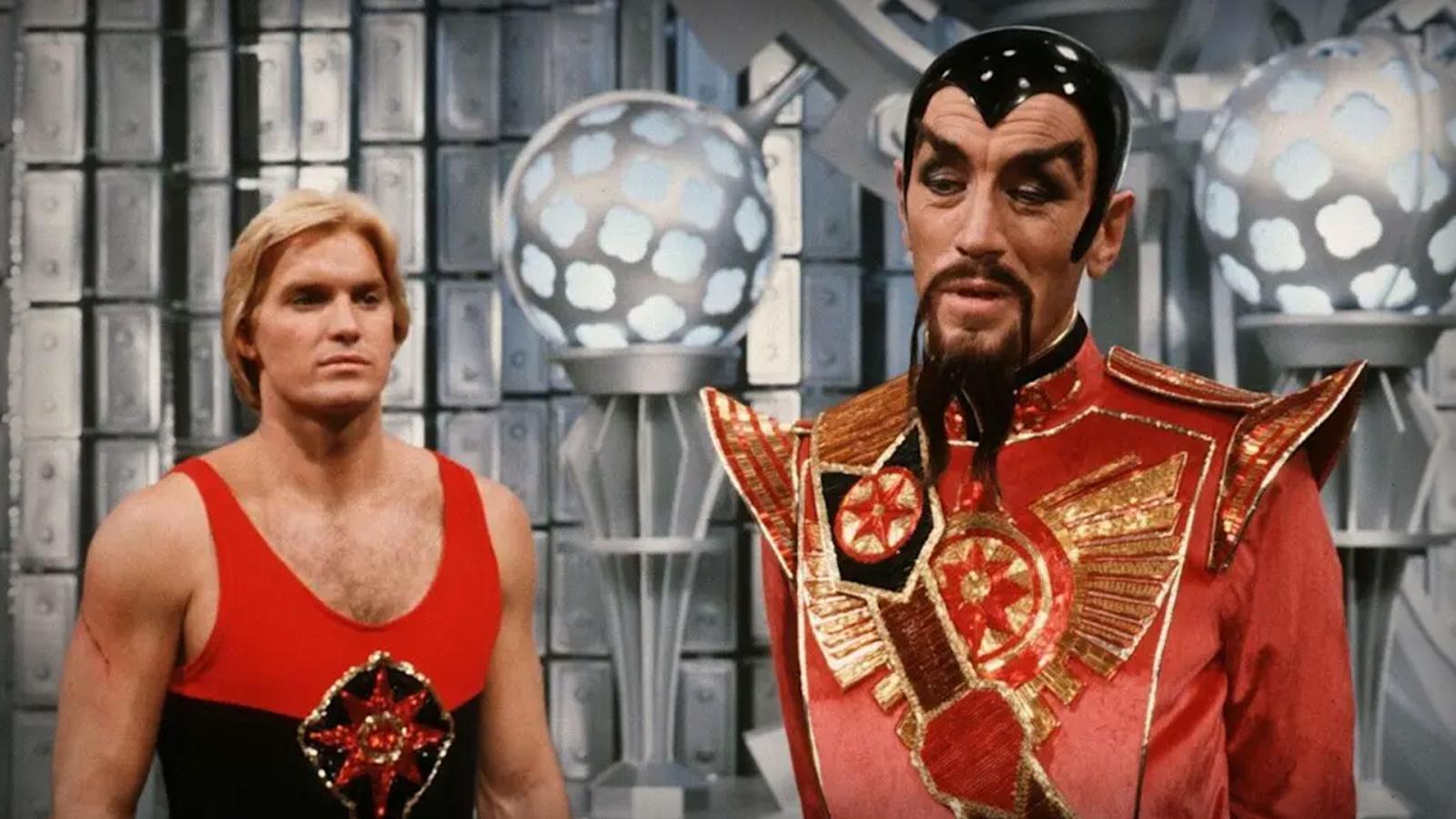
Sam J. Jones looked the part—former Marine, strong presence, rising TV career—but behind the scenes, things fell apart fast. He clashed with producer Dino De Laurentiis, was injured during a holiday break, and ultimately walked away from post-production. He refused to record any of his ADR sessions, which meant almost every line of Flash's dialogue had to be dubbed by another actor. Jones' name stayed on the poster, but the voice audiences heard wasn't his.
2. The Director Was Quietly Sidelined
Mike Hodges took the job late and worked with a production already in motion. He leaned into satire and stylized camp, but De Laurentiis pushed for something louder, bigger, and broader. Over time, Hodges was cut out of the decision-making process. Edits were done without him, scenes were reworked behind his back, and by post-production, he wasn't even invited into the room. Years later, Hodges would say the final cut only partially resembled the film he set out to make.
3. George Lucas Wanted to Make Flash Gordon
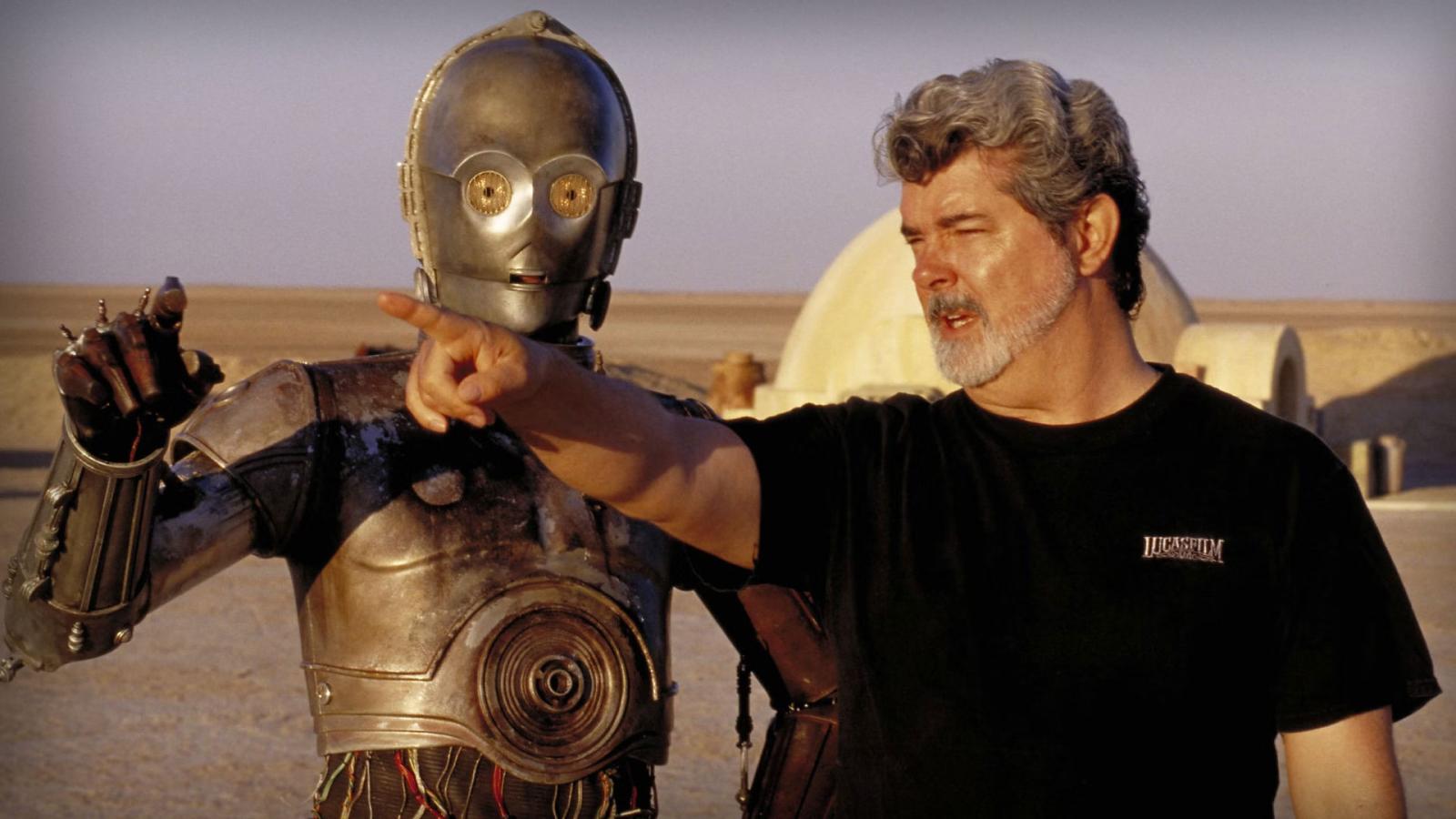
Before Star Wars, Lucas tried to secure the rights to Flash Gordon. He was rejected. That rejection pushed him to write his own space opera—Rebels, empires, laser swords, and all. No Flash Gordon deal meant no Star Wars.
4. The Script Was Rewritten on the Spot
Dialogue changed constantly. Pages arrived minutes before cameras rolled. Eventually, the cast gave up trying to follow the script and just improvised their way through scenes. Several actors admitted they didn't fully understand what the movie was about. The chaos didn't just stay behind the scenes—it made it into the final cut.
5. The Football Fight Scene Was Completely Improvised
The sequence where Flash turns an execution into a football game wasn't planned. There was no choreography, no prep. The cast was told to just react. Brian Blessed reportedly began calling plays mid-scene. What could've looked incoherent became one of the film's most memorable moments.
6. Brian Blessed Made His Own Sound Effects
During fight scenes, Blessed would shout "Pew! Pew!" and make explosion noises with his mouth. The sound team asked him to stop. He refused. Scenes had to be re-recorded just to remove his improvised noises. None of it was scripted. It's just how he worked.
7. Max von Sydow Worried the Role Would Ruin His Career
After decades of prestige films, Max von Sydow took the role of Ming the Merciless. He hated the costume, struggled with the tone, and didn't understand what kind of film he was making. But critics and fans embraced him. What started as a risk turned into one of the most iconic roles of his career.
8. Arnold Schwarzenegger Auditioned—And Was Rejected
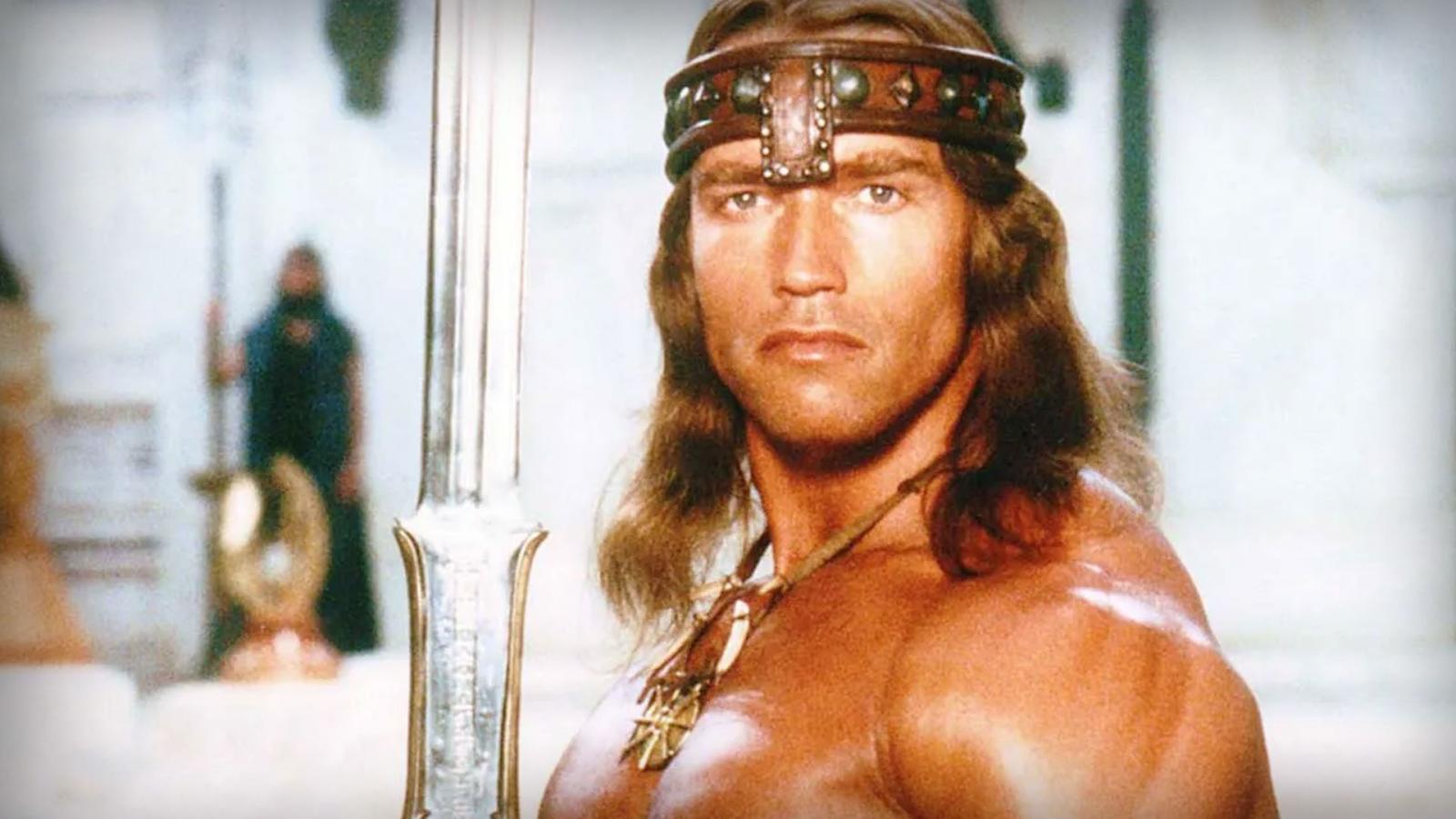
Before Sam J. Jones was cast, the role of Flash went through several candidates. Kurt Russell passed, calling the script "too silly." Dennis Hopper was considered but deemed too strange. Arnold Schwarzenegger was rejected because his accent was considered too difficult to understand. Dino De Laurentiis eventually picked Jones after seeing him on The Dating Game.
9. Federico Fellini and Sergio Leone Were Approached to Direct
De Laurentiis originally wanted Flash Gordon to be an art film. He contacted Federico Fellini and Sergio Leone, both lifelong fans of the comic strip. Fellini attended early meetings but walked away due to scheduling and creative differences. Leone read the script, disliked the direction, and declined. Neither man wanted to make a camp version of a property they loved.
10. The Costumes Were Falling Apart During Filming
On camera, the costumes looked extravagant. Off camera, they were fragile and unreliable. Armor cracked, wings tore, helmets broke mid-scene. The cast was told to keep going no matter what. Most of what appears in the final film was held together by duct tape and timing.
11. Brian Blessed Nearly Fell to His Death on Set
Blessed insisted on doing his own stunts—including wire work for flying scenes. During one early take, his harness failed. He fell from the rig without a crash mat in place. Crew caught him at the last second. He got up, re-rigged, and kept going.
12. A Plumbing Failure Flooded Part of the Studio
Halfway through production, a plumbing disaster flooded one of the sets. Costumes were soaked, props damaged, and equipment shorted out. Instead of shutting down, the crew kept filming. One flooded scene even made it into the final cut.
13. Queen Wasn't the First Musical Choice
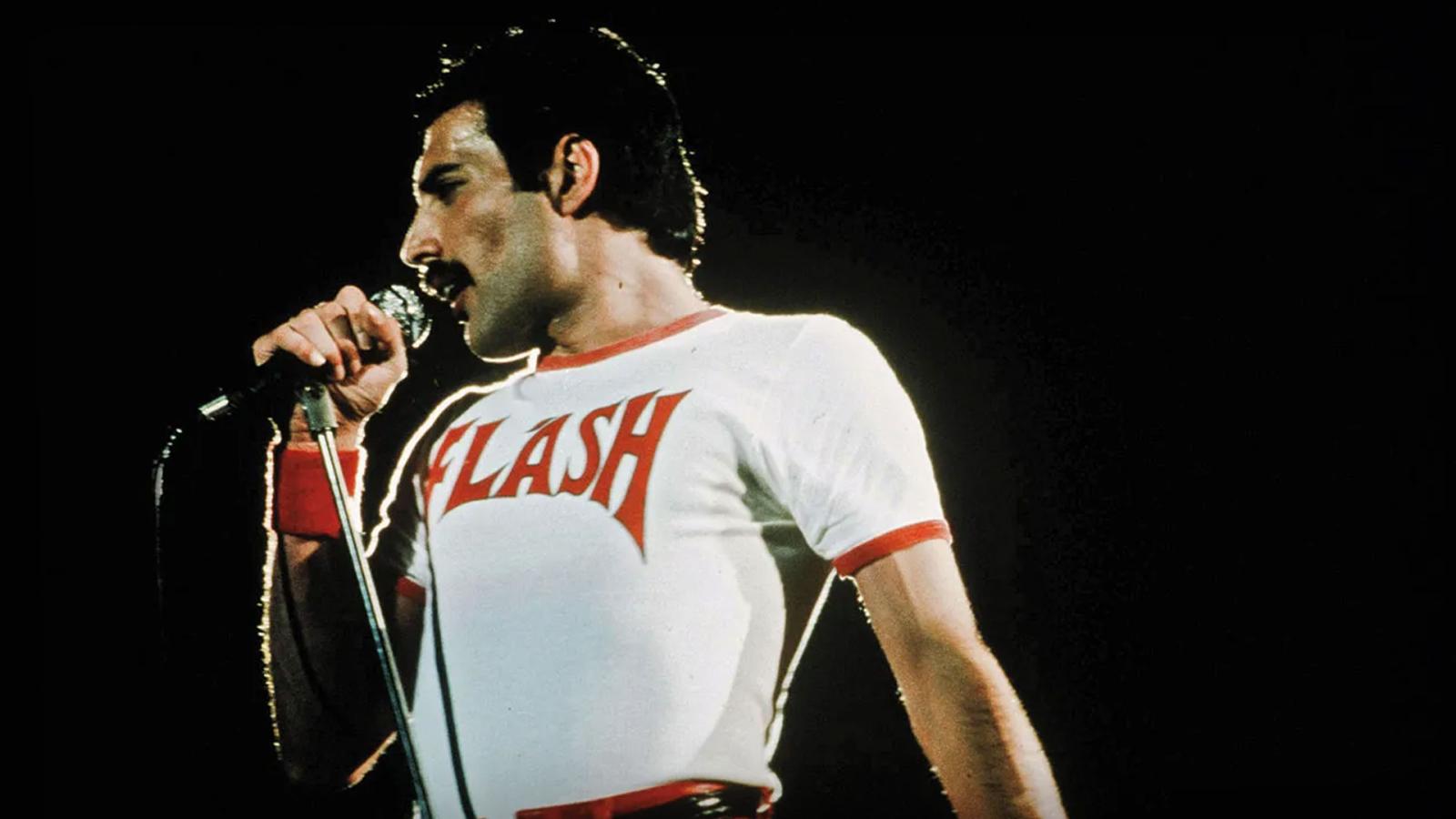
The producers originally approached Pink Floyd to score the film. De Laurentiis reportedly didn't know who they were. Someone played him a Queen record instead, and he immediately demanded "The Queens." The band wrote and recorded the soundtrack while on tour—often in hotel rooms between shows.
14. The Censors Nearly Blocked the Wedding Scene
The final act's villainous wedding drew attention from ratings boards in several countries. Ming's behavior toward Dale Arden was seen as too aggressive and too serious—even within a camp film. Ireland and Singapore flagged the scene. Some countries demanded edits. The uncut version barely made it into most markets.
15. It Was Banned or Restricted in Several Countries
In Southeast Asia, the film triggered concerns over occult imagery. Ritualistic costumes, shadowy lighting, and Ming's authoritarian role were seen as too close to depictions of black magic. The film was banned in some territories, reclassified in others, and pulled from family cinemas.
16. Comic Artist Al Williamson Disowned the Film
Williamson helped define the look of Flash Gordon in the comics. He was known for detailed, elegant, serious illustrations. After seeing the movie, he left the theater in silence and never spoke about it again. To him, the film missed the tone entirely.
17. De Laurentiis Greenlit It Without Reading the Script
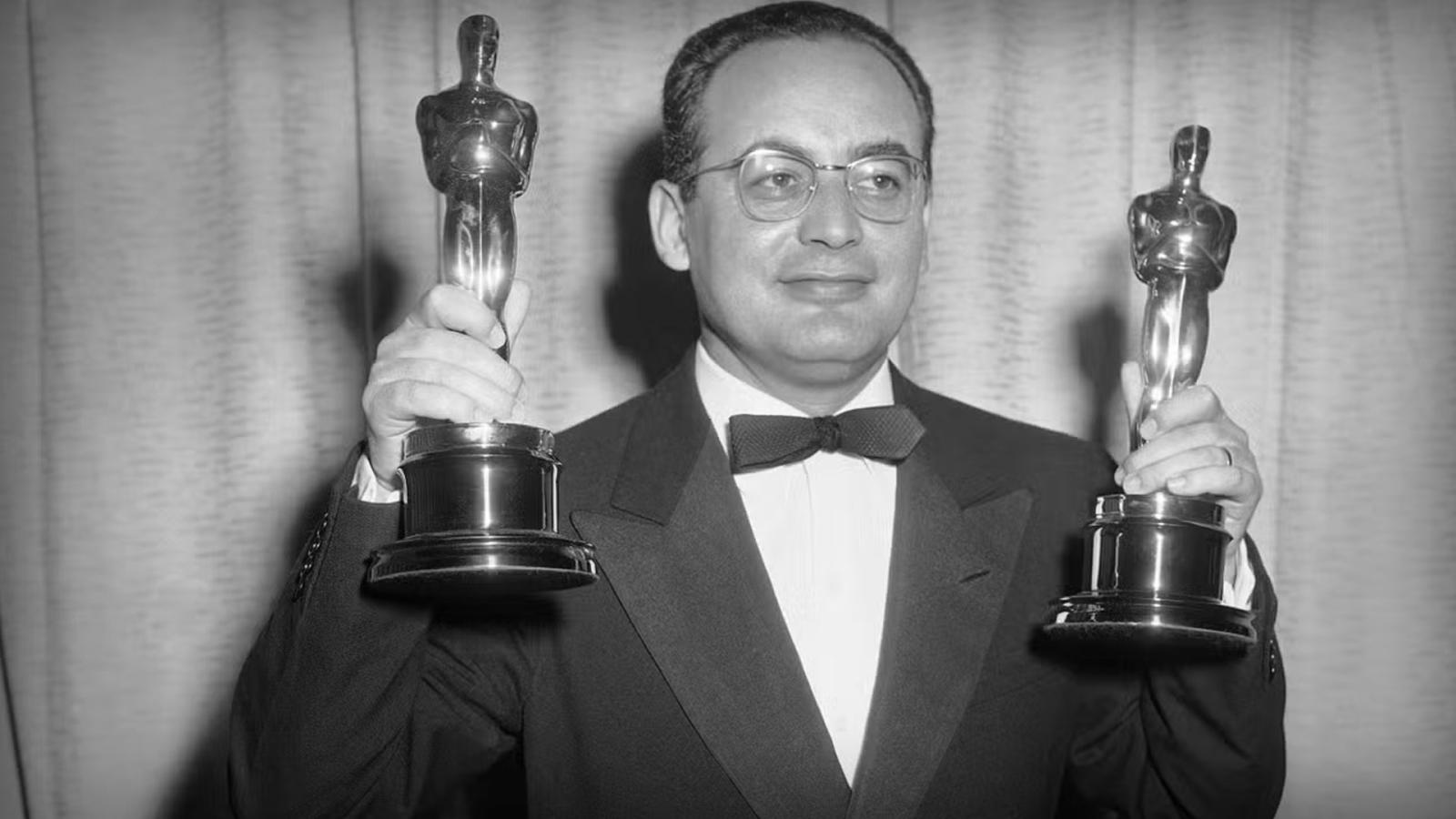
De Laurentiis didn't speak fluent English and never read the script. He approved the project based on the visuals and the name recognition. Most creative decisions—casting, tone, music—were made based on instinct, not planning. That lack of structure is reflected throughout the film.
18. It Flopped in the U.S. but Became a Hit in the U.K.
Flash Gordon underperformed at the U.S. box office. Critics didn't know how to review it, and audiences expected another Star Wars. In the U.K., it was a different story. British fans embraced the soundtrack, the visuals, and the absurdity. It aired regularly on TV, filled poster shops, and became a cult classic.
19. Queen Elizabeth II Was a Fan
In a 2020 interview, Brian Blessed claimed that Queen Elizabeth once told him she loved Flash Gordon. Specifically, she enjoyed his line "Gordon's alive!" and would rewatch the film with her grandchildren during holidays. No official confirmation was ever issued—but it wouldn't be the strangest fan story tied to this film.
20. It Directly Influenced Guardians of the Galaxy
Filmmakers like Edgar Wright, Taika Waititi, and James Gunn have all cited Flash Gordon as an influence. Gunn, in particular, described the tone, colors, and camp of Flash Gordon as a foundational inspiration for Guardians of the Galaxy. The film's blend of music, costume, and attitude shaped how a generation of directors approached science fiction.